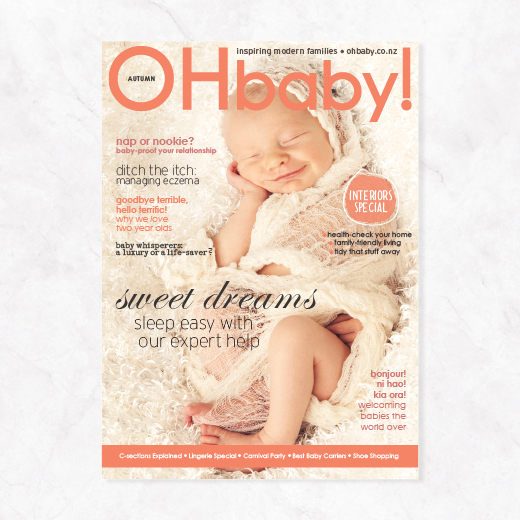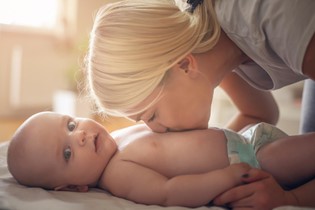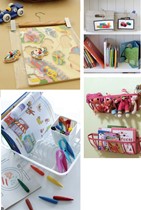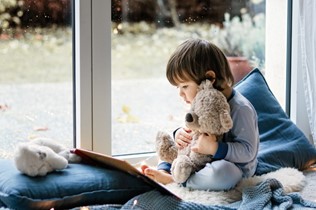10 Steps to a family friendly home
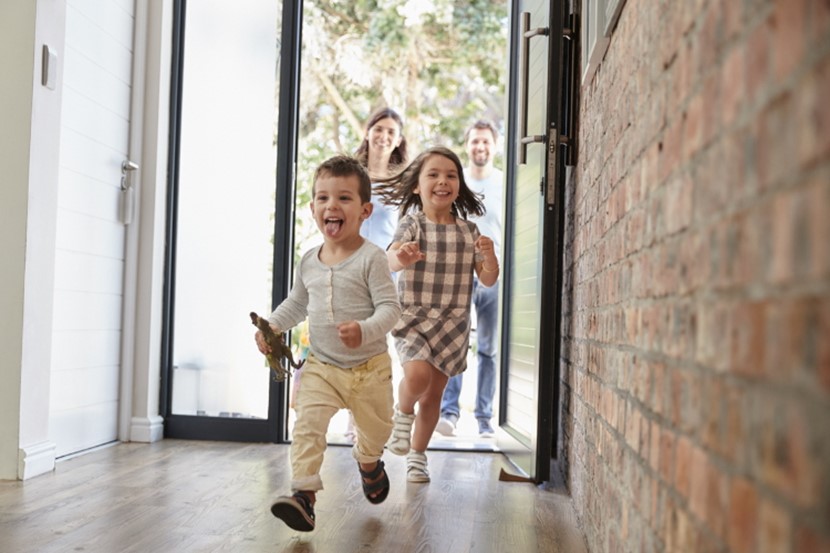
Create a home with family at its heart - from the moment you walk in the door until the second you lie down your head.
We all know that a home is so much more than a roof over our heads, and once you become a family you'll find that the way you use and interact in your space changes. When you're creating a home you want it to be a sanctuary for your kids, a place where they know they are loved and nurtured. Follow our tips to ensure family remains the focus at your place.
1. Start at the very beginning - the moment you walk in the front door you want to feel that this is a welcoming, fun home and a place you want to be. Consider lighting - is the space bright enough, can you give it a lift with a new light fitting perhaps? Also think about storage. Some low shelves, boxes or baskets by the front door will encourage your children to take off their muddy shoes as they walk in, and as an added advantage you won't have to go hunting for them when it's time to leave again. That said, you need to be careful not to make the front door the one-stop-drop spot with so much clutter it's difficult to navigate your way through.

2. Home is also where the art is and you'll want your budding Picasso to know how proud you are of his artistic endeavours at kindergarten or preschool. But try thinking beyond the fridge door and consider a dedicated space to display your child's artwork.
You can mount small wooden pegs in a row on the wall, or try installing a wire rail. Or how about some nice wooden trouser hangers with clips - attach four or five to a wall and you can easily swap them around when new masterpieces come home.
3. Foster a love of books by creating a reading nook. Children will be much more inclined to pick up a book to read if it's easy to reach. Interior designer Shelleece Stanaway has made books even more appealing for her little ones by using forward-facing bookshelves (above). It's an easy DIY option that's super effective! Of course, there's nothing like reading a book with a toddler snuggled on your lap, so look for a chair with a wide enough base to fit both of you, and with a high back so you have somewhere to rest your head.

4. Zone out, with dedicated homes for coats, schoolbags and library books. Having a wall with named hooks for school bags (see below) will encourage your little one to have some independence and responsibility. Just make sure the hook is low enough for him to reach easily.

5. A "command centre" is a neat way to keep track of appointments, notices, bills and keys. It's a great inspiration point for a DIY project - some blackboard paint, a few bits of MDF and Bob (hopefully the builder) is your uncle.

6. Create a games cupboard, somewhere where all your boxes of Monopoly, Connect Four and scrabble are stored. On rainy days when you're getting cabin fever being stuck inside all day with the kids, this cupboard will be a life-saver. Keep it as tidy as you can to avoid losing little playing pieces.
7. It's important for children to feel some ownership over their space, and that it's okay for them to explore, touch and play. If you create a dedicated kitchen drawer or cupboard for their plastic cups, bowls and plates, then you can give them permission to use that space, and hopefully quell their desire to play with Nanna's fine china.
8. Make your dining table a focal point by having a sit-down meal as a family at least once a week. The benefits of sharing good food, conversation and company together can't be over-rated.

9. Family photographs also instill a sense of belonging in a child, so find ways to display images, not just of your own adorable children, but of their grandparents, great-grandparents, aunts, uncles and cousins too. This is another way your child will grow up knowing that family is important. You can use a collection of photo frames, but look at how effective Shelleece has made a simple piece of ribbon and some wooden pegs (see above).
10. While there are plenty of ways you can incorporate family into your home, it's also important to have some space away from the children. So create a sanctuary for Mum and Dad. The master bedroom should be a toy-free zone - a place where your children are welcome, but not for play.

AS FEATURED IN ISSUE 17 OF OHbaby! MAGAZINE. CHECK OUT OTHER ARTICLES IN THIS ISSUE BELOW
